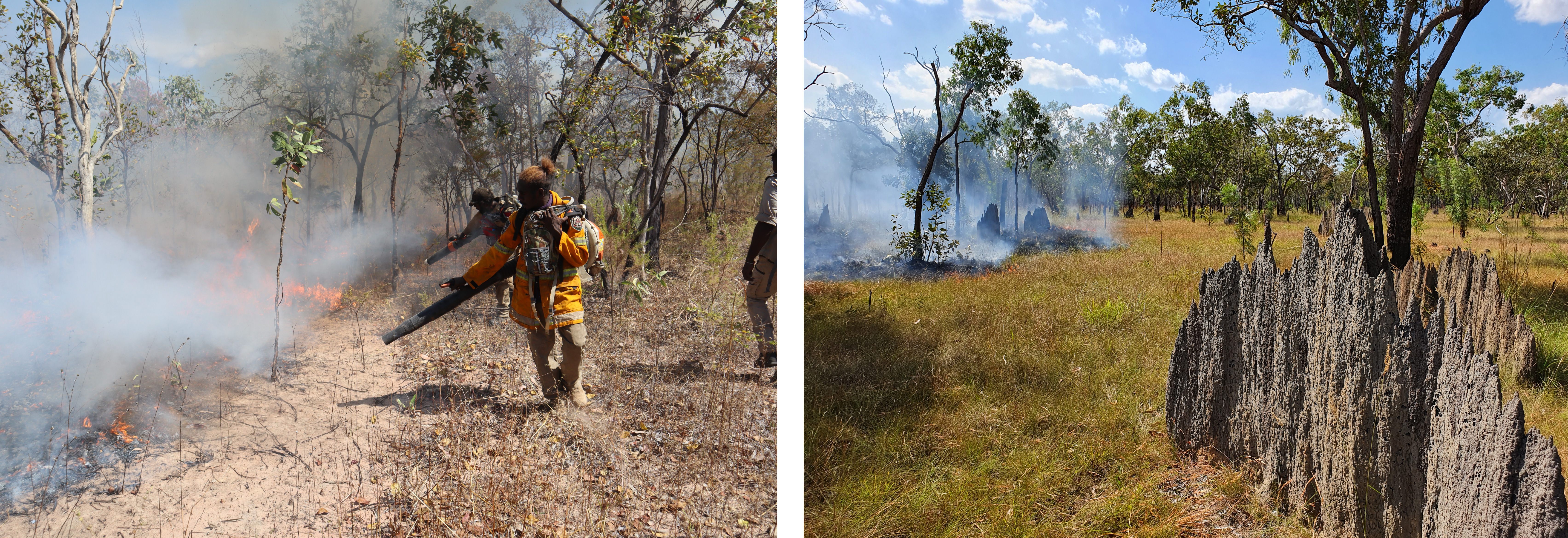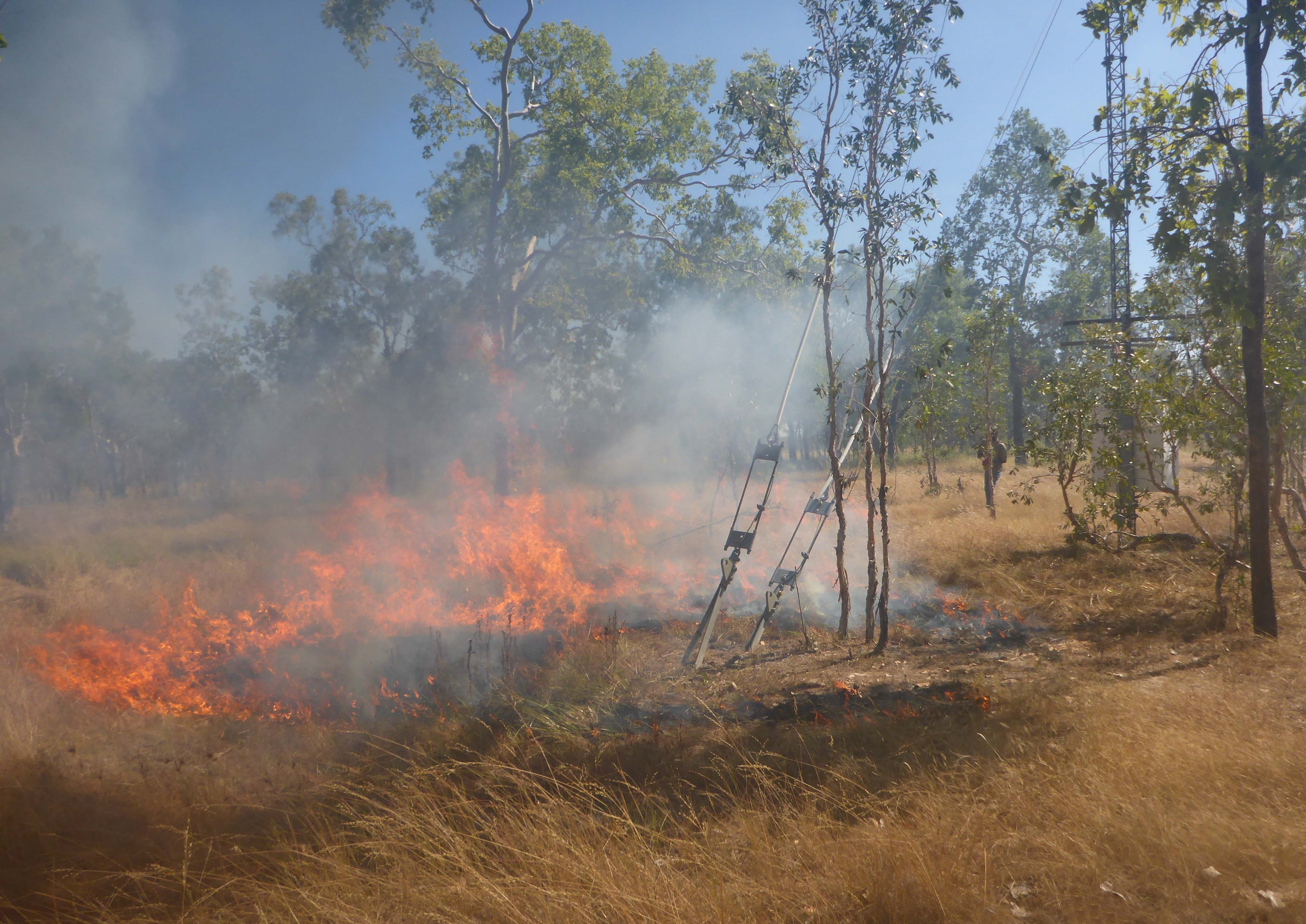Scott Wilkinson and Rebecca Bartley, CSIRO
As shown in the 2016 state of the environment report, land management can reduce sediment and pollutant delivery to the Great Barrier Reef lagoon (see Box LAN7 in Metcalfe & Bui 2017). Since then, researchers have made considerable progress in understanding the source areas and processes delivering sediment to the Great Barrier Reef (Bartley et al. 2014, Lewis et al. 2021, and references therein). Gully erosion has been identified as the largest sediment source, while denuded hillslope areas and eroding stream banks are also important contributors in some catchments. A critical gap in understanding has been the design and effectiveness of erosion remediation options for controlling the dominant sources of sediment from gullies, and how this translates to improved water quality at property and subcatchment scales. Recently completed projects have tested the mechanisms by which specific rehabilitation techniques are effective at reducing sediment yields (Doriean et al. 2021, Koci et al. 2021).
Key findings include:
- Sites that have large erosion rates, soils with high silt and clay content, and that deliver sediment efficiently downstream to the lagoon are the more cost-effective to treat (assuming the treatment costs are equal): (e.g. Figure 66)
- New developments in landscape terrain analysis using airborne LiDAR (light detection and ranging) data are enabling more accurate assessment of gully characteristics (e.g. Walker et al. 2020) (Figure 67) while information on site-scale gully erosion rates is more limited and depends on analysis of historic air photos.
- Site monitoring can greatly improve the confidence in sediment load reductions from erosion control and inform adaptive management. Monitoring may include measuring the soil silt and clay content at the site, measuring changes in water quality over time, and measuring changes in vegetation to provide an early indication of improved landscape condition (e.g. Figures 68–69).
- While gully erosion control can be focused on the most active gullies, achieving Great Barrier Reef water quality targets at river basin scale will require much larger investments than have been undertaken to date (e.g. Figure 70).
































